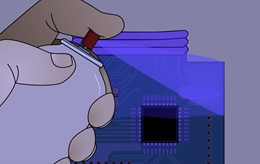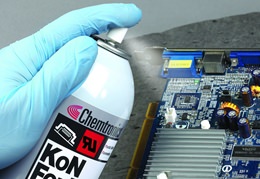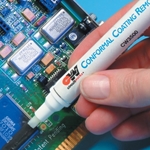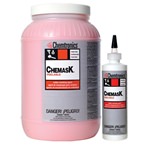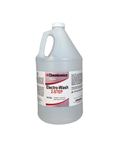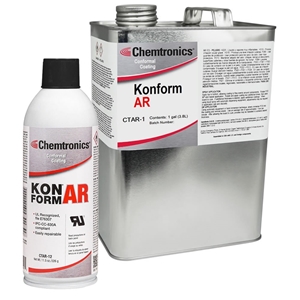
Your Sample Request
Konform AR Acrylic Conformal Coating
*=required field
TDS
REGS
SDS
Konform AR Acrylic Conformal Coating
UL-certified acrylic conformal coating for insulation against high voltage arcing and shorts
Konform AR is ideal for providing insulation against high-voltage arcing and corona shorts. This extremely effective acrylic conformal coating provides a hard, durable protective barrier against humidity, salt, corrosive vapors and fungus for
Features & Benefits
- Acrylic coating working temperature from -75°F/-59°C to 279°F/137°C
- High dielectric strength of 8300 volts/mil
- Passes the laboratory tests of MIL-I-46058C. However, it is not qualified on QPL-46058.
- Compliant to IPC-CC-830A
- RoHS Compliant
- Provides excellent acid resistance
- Will not discolor over time under normal use
- Easily repairable
- Contains a UV indicator for thorough Quality Control inspection
- UL Recognized, File E76307
Applications
- Extends component life by protecting against adverse environments
- Resists moisture, salt, fungus, corrosive vapors, and severe environments
- Designed to provide effective insulation against electrical shorts and harsh environments
| TDS | |
| REGS | |
| SDS | |
| Categories |
| Specifications | IPC-CC-830A,UL Recognized |
|---|---|
| NSN |
CTAR-1 - 5970-01-417-4156 CTAR-12 - 5970-01-417-4158 |
| Shelf Life | 2 yrs. |
Articles
HOW-TO: Conformal Coating Application Using Aerosol Spray
Webinar: Optimizing Selective Spray Conformal Coating for Maximum Output
Conformal Coating Defects: When Things Go Horribly Wrong
The Ultimate Guide to Conformal Coating
How To Evaluate The Best Silicone Conformal Coating
8 Essential Tips for Conformal Coating Dip Application

